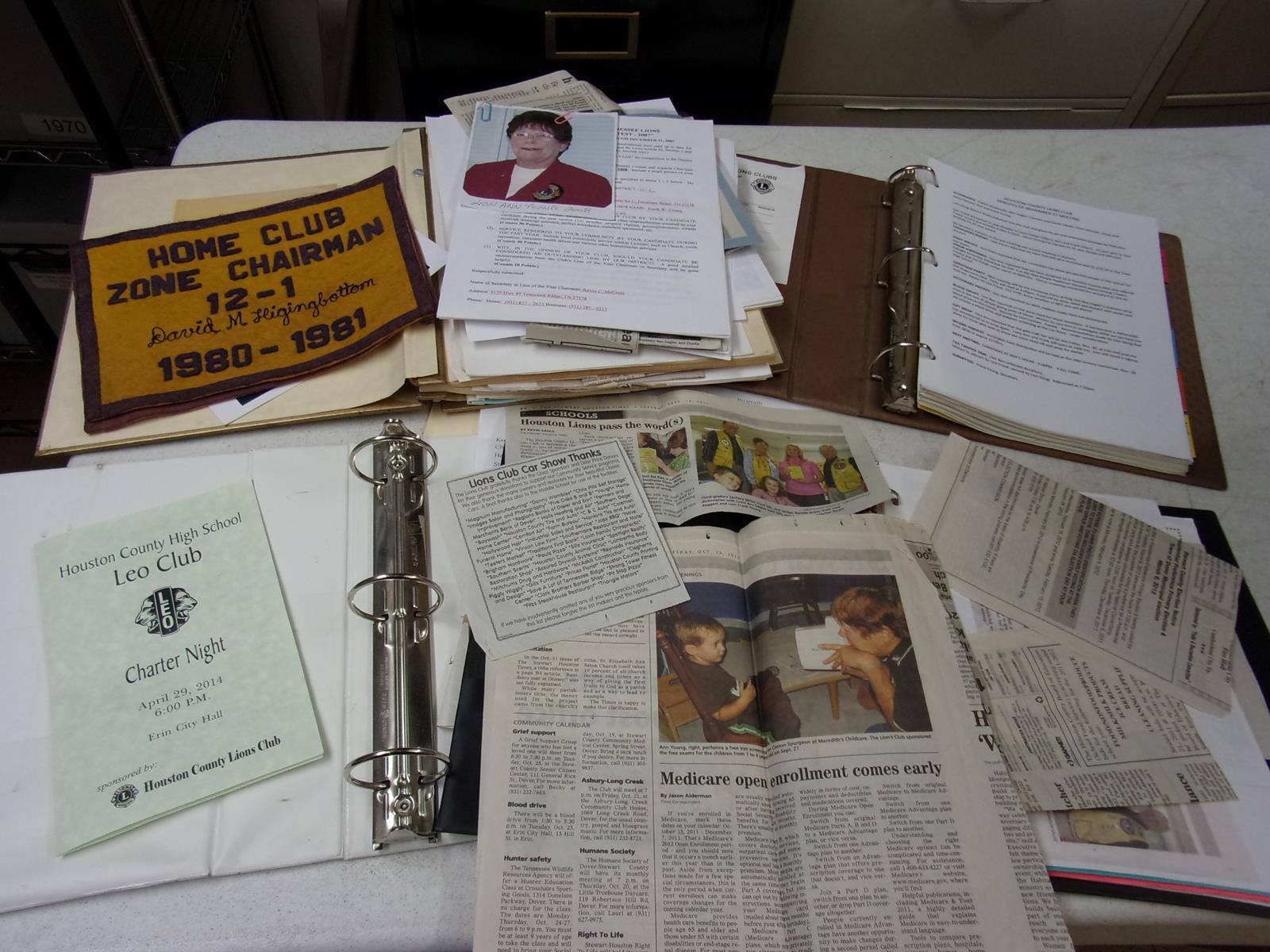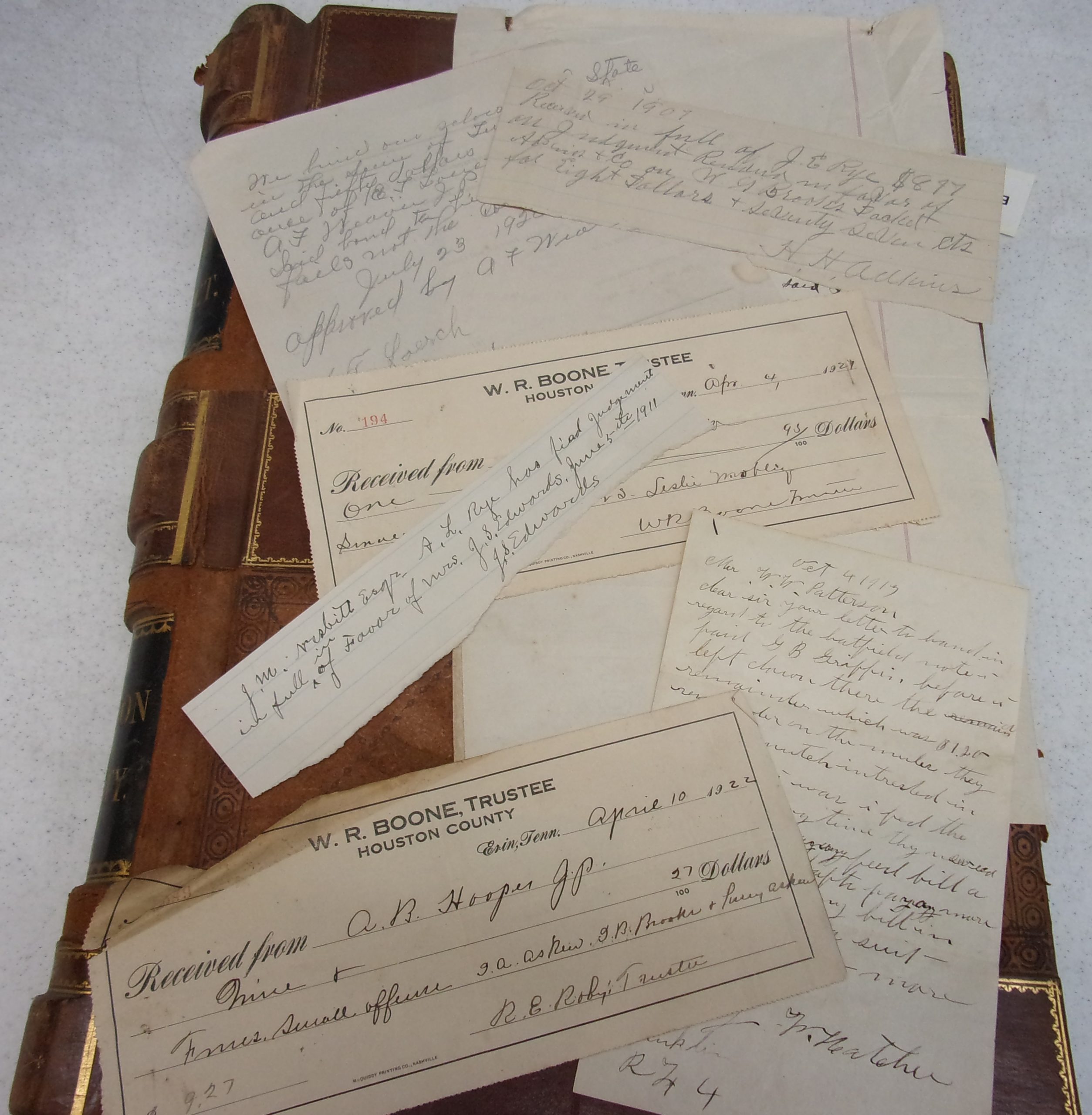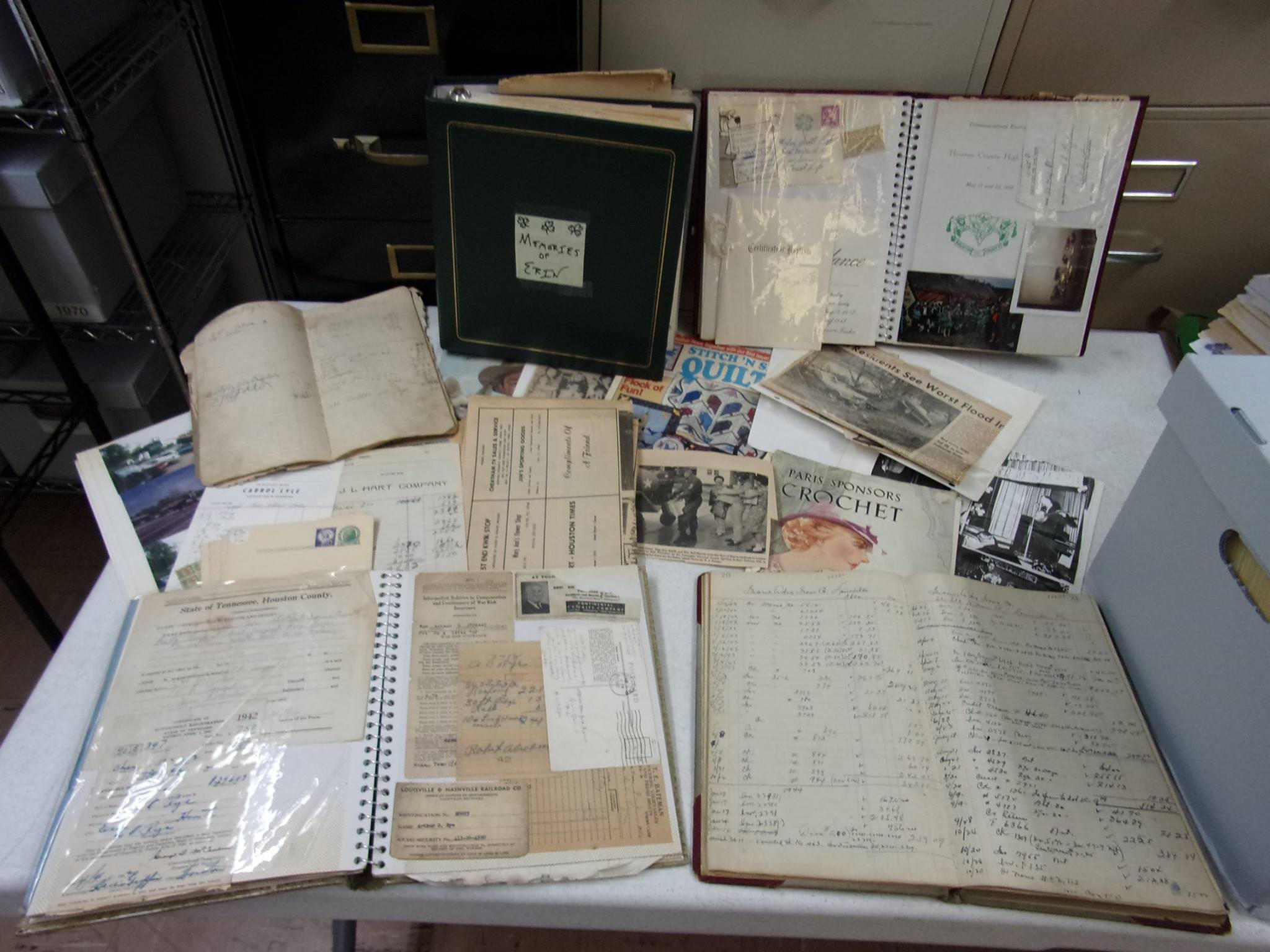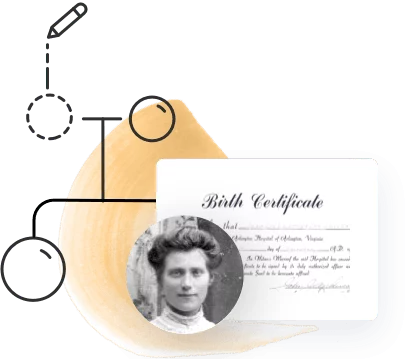
If you’ve dabbled at all in genealogical research, you’ve likely heard of the standard types of records where you may be able to find information about your family history: vital records, church records, and so on.
In this article, we’ll explore a type of record you may never have heard about — a type of record often found tucked away in the back rooms of libraries and archives, that can help fill in missing information you haven’t been able to find anywhere else. This type of record is known as “loose records.”
Loose records vs. bound records
Most of the records you may be familiar with are bound records: that is, records that were hard bound into large volumes to keep them in order. Loose records, by contrast, are separate, individual documents that have not been bound into a volume. These might include things like newspaper clippings, letters, receipts and invoices, photographs, family history sheets, and much, much more.

For example, if you found a court minute book about a court case involving your ancestor, this may not be all the information available. There could be fascinating details and gems found among the loose records from the case.
Why are some records kept loose? Sometimes they may be additional documents that don’t fit into the bound volume in terms of content or format. Sometimes, they might have turned up in an unexpected place. For example, people like to stick loose pieces of paper into books, as bookmarks or just as a place to put them. I once found a letter tucked into a bound volume that turned out to be a handwritten letter to the court from John “Jack” Hinson, an infamous Civil War sniper!

Many bound records have been microfilmed or digitized, whereas most loose records have not. That means you will often need to travel to a physical archive and ask for them in order to view them — but it is worth the effort. Working as an archivist, I get to process these types of records on a daily basis, and I come across the most wonderful records. I have found a tremendous amount of information about my own family in loose records.
Different types of loose records
Vertical files
Vertical files are a hodgepodge of loose documents filed by surname or subject, usually found in filing cabinets in the research area of an archive or in the back of the records storage area. They are often kept behind closed doors and you’ll need to ask the archivist about them.
Vertical files might contain just about anything! Here are some examples of the types of records you might find among vertical files:
- Newspaper clippings: These are especially valuable because they might include items that had been clipped from the microfilmed newspapers. Newspapers can contain lots of great genealogical information: wedding announcements, ads for services or businesses, obituaries, and so on.
- Family group sheets/brief family histories: I often encourage genealogists to type up a brief family history or group sheet to donate to the local archive, because people searching for members of your family might come across it and be able to contact you. This is the low-tech equivalent of MyHeritage’s Smart Matching™ feature!
- Business documents: These may include business letterheads, invoices, receipts, or any other type of document used for running a business. You may find valuable information about family businesses here.
- Photographs: Sometimes, archives will create collections of photographs, but if they are too few or too varied to create a cohesive collection, they might be added to vertical files.
- Donated documents and ephemera: This is where we put things people donate to an archive — random documents they found lying around in the attic or the basement. They might include various types of certificates, letters, greeting cards, and so on.
Manuscript collections
Manuscript collections are collections of documents, files, artifacts, photographs, etc., that were donated by individuals, businesses, and organizations. Essentially, these will be the same types of items as those you’ll find in the vertical files, but as part of a collection. In Canada and other places outside the U.S., they might also be called “fonds collections” or “special collections.” They are housed in file folders and boxes.

Manuscript collections are the most underused collections in the genealogy world. They tend to be misunderstood, and people don’t know they exist. They are rarely digitized, and historically they are just not one of the types of collections genealogists use for research. But it’s a shame, because they contain fantastic records.
The most important part of a manuscript collection is the “finding aid”: a document produced by the archivist while they process the collection that serves as a kind of “road map” to the collection. The finding aid provides important information about the collection and descriptions of what it contains.
Loose marriage records
The marriage records usually used for genealogical research come from bound volumes. Loose marriage records include additional paperwork relating to the marriage event that was not part of the bound volume and is archived separately. They are rarely digitized and generally can’t be found online.
Some examples of loose marriage records might include:
- Affidavits
- Parental permission letters (for underage brides and grooms)
- Bonds
- Blood test results
Loose probate records
Loose probate records are the most well-known type of loose records, and you might have seen probate packets during your research. They include additional paperwork relating to the probate of the deceased, and are usually archived separately from will books and other bound probate records. Like loose marriage records, they are rarely available online or in digitized format.
Some examples of loose probate records might include:
- Affidavits
- Correspondence relating to the probate
- Invoices
- Receipts
Loose court records
Loose court records are the “working papers” of a court case, generally collected into a packet and archived separately from the bound court record volumes. These are fantastic to read through, whether the case was criminal or civil, because they contain lots of information you won’t find in the bound volumes. Once, I came across a court case packet that contained the actual razor blade the defendant had used to threaten the plaintiff!
Some examples of loose court records might include:
- Affidavits
- Subpoenas
- Witness statements
- Photographic evidence
Where to find loose records
So now that you know what loose records are and what they might contain, you need to know where and how to find them.
As I mentioned, most loose records can only be found in a physical archive — and they are almost always kept in the back rooms in what we archivists call the “stacks.” You’ll need to ask the archivist, clerk, or librarian about their loose records. Sometimes the only way to know what they have is to pick up the phone or travel to the archive and talk to the staff.
Loose records are a gold mine for genealogists and I highly recommend asking about them as part of your to-do list!
This article was adapted from a Facebook Live session by Melissa Barker. You can view the full lecture here.





